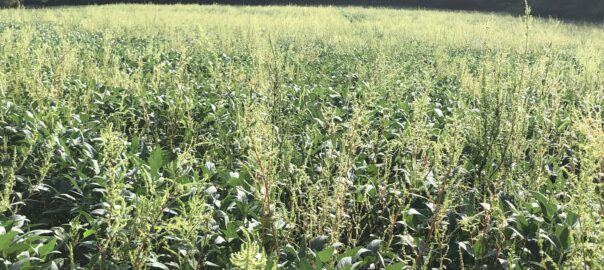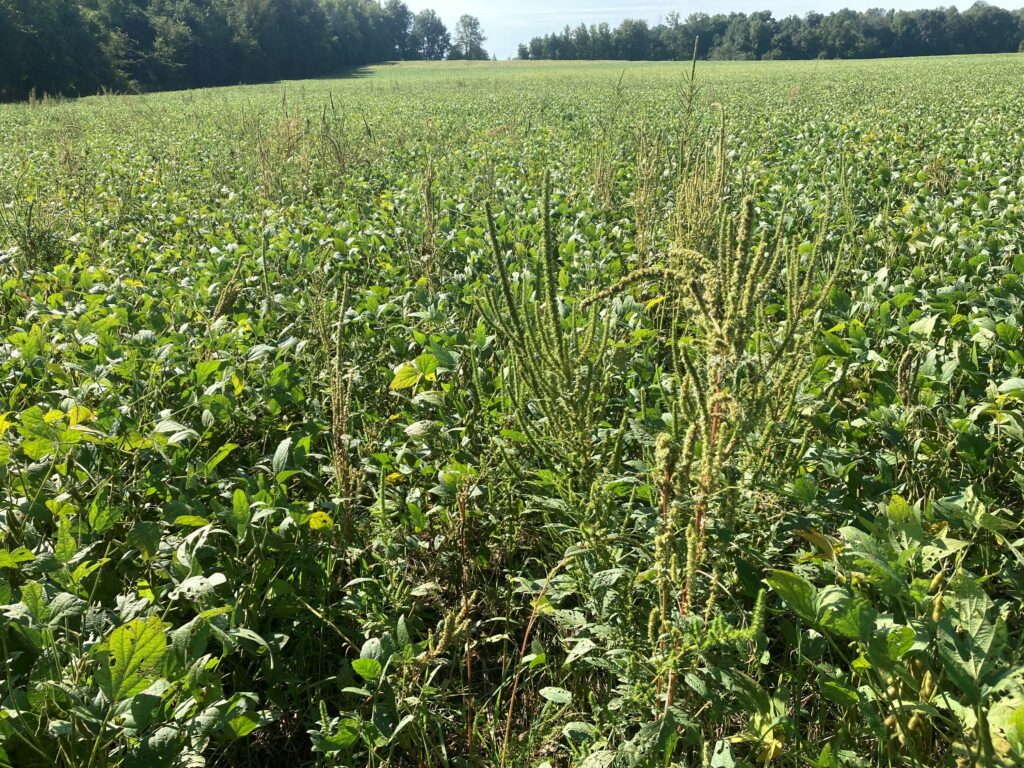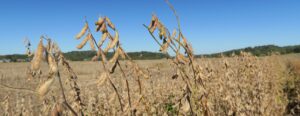Pre-register now to avoid waiting in line at two upcoming grain conferences in Tullahoma and Dyersburg scheduled for next week. Continue reading
Category Archives: Soybean
In-person Grain Conferences Planned for 2022
Happy New Year!! The University of Tennessee will host three in-person grain and soybean conferences during 2022 and preregistration is currently ongoing. Continue reading
2021 Top Bean Soybean Contest Winners
UT Extension and the Tennessee Soybean Promotion Council collaborated with producers across the state during 2021 to host the Top Bean state soybean yield contest. Continue reading
2021 Soybean Variety Trials in TN – Now Available
Results from the 2021 TN soybean variety trials are now available as pdf and excel files at search.utcrops.com/soybean. One hundred ten varieties were evaluated in small plot replicated trials (REC) at nine locations and fifty-seven varieties were evaluated in three to twelve locations as non-replicated large strip plots (CST). Quality and agronomic traits are reported for the REC trials and disease data are reported for both sets of trials. A summary of varieties that were in the yield “A group” (not statistically different from the top yield within each test) in either the REC or CST trial can be viewed here 2021 TN Soybean Top-Performers . Links for individual tables and the soybean database will be uploaded soon.

Dicamba-Resistant Waterhemp Confirmed in Tennessee
Results from greenhouse experiments and in-field research this summer confirm that our state now has dicamba-resistant (DR) waterhemp. Moreover, our survey of weed escapes this fall sponsored by the Tennessee Soybean Promotion Board has found that waterhemp has spread quickly. Continue reading
Soybean Seed Quality Discounts this Fall
Harvest and delivery delays this fall can be blamed partly on the weather and partly on the continued impact of Hurricane Ida on grain movement through the system. Continue reading
A new tool for utilizing Mid-South soybean variety trial data
Which soybean variety is best suited to my region? State variety testing programs provide critical research to help answer that question by evaluating hundreds of soybean varieties every year across multiple locations within a state. But what if we think beyond the bounds of our state borders when it comes to variety evaluation? While a single state alone provides valuable data, our growing regions often cross state lines. A location in West Tennessee may share more similarities to sites in East Arkansas than it does to East Tennessee. By combining variety testing data across multiple states, we can create a more robust dataset that allows us to better predict which varieties are best suited to specific regions and growing conditions. Continue reading
Points to Consider when Choosing Soybean Herbicide Trait Platform

Several retailers and growers in recent weeks have asked about switching away from Xtend soybeans due to the poor pigweed control they have seen in consecutive years in some fields. There are a lot of moving parts when one attempts to answer this question and some different points need to be considered. Continue reading


